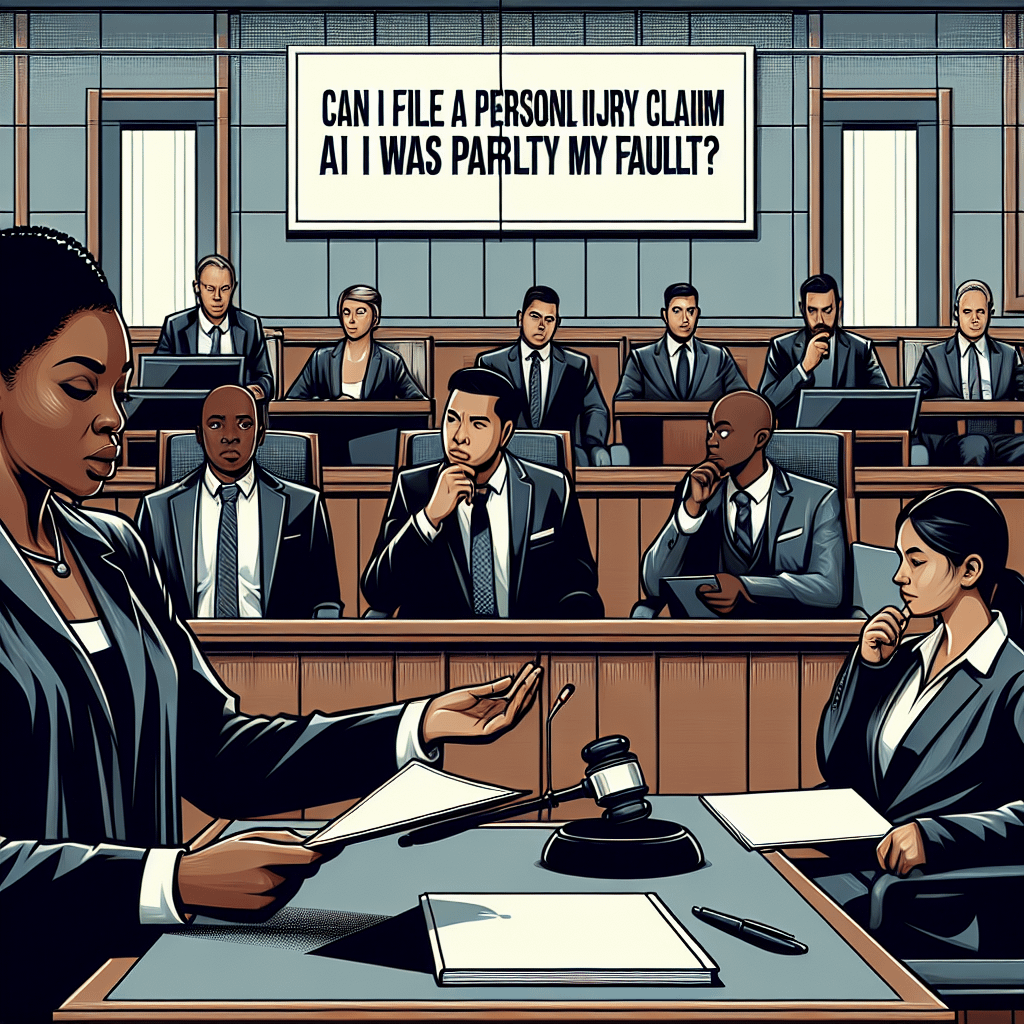Accidents happen, and when they do, they often leave people scrambling to figure out their next steps. One of the most common questions that pops up in the aftermath of an accident is whether you can still file a personal injury claim even if you were partly at fault. Let’s navigate through this landscape together and clarify what options you might have.
Understanding Fault in an Accident
Before diving in, it’s essential to understand how fault works. In many accidents—whether they involve cars, bicycles, or slip-and-fall incidents—more than one party might share the blame. The good news is that being partly at fault doesn’t automatically disqualify you from receiving compensation. This is where the concepts of “comparative negligence” and “contributory negligence” come into play. Don’t worry; these terms aren’t as intimidating as they sound!
The Concept of Comparative Negligence
Most U.S. states follow a system called “comparative negligence.” In simple terms, this means that the blame is divided among all parties involved based on their respective roles in the accident. There are two main types of comparative negligence:
1. Pure Comparative Negligence: Under this rule, even if you’re 99% at fault, you can still recover 1% of the damages. Your compensation is simply reduced by your percentage of fault. For example, if you are found to be 20% responsible for an accident and the damages amount to $10,000, you would be eligible to receive $8,000.
2. Modified Comparative Negligence: Most states follow this version, which sets a threshold (usually 50% or 51%). If you are found to be equally or more responsible than the other parties involved, you might not be able to recover any damages. So, if you were 51% at fault, for instance, you wouldn’t receive any compensation in a 51% threshold state.
Contributory Negligence
A handful of states have what’s known as a “contributory negligence” rule. This is a strict system where, if you’re even slightly at fault (1% or more), you can’t recover any damages. Knowledge of your state’s rules is important here since it heavily influences the outcome of any claims you might want to pursue.
Practical Tips for Navigating a Part-At-Fault Claim
Here are a few practical steps to guide you if you consider filing a personal injury claim despite being partly at fault:
- Gather Evidence: After an accident, collect as much evidence as possible. Take photos, get contact details of witnesses, and make note of any circumstances that might be relevant to the incident. This evidence can be crucial in disputing or minimizing your fault percentage.
- Understand Your State’s Laws: Since laws vary significantly across the U.S., familiarize yourself with the regulations governing personal injury claims in your state. Knowing whether your state follows pure or modified comparative negligence, or contributory negligence, will help you manage your expectations regarding the outcome.
- Consult a Personal Injury Attorney: A good attorney can be invaluable, especially in complex cases. They can provide expert advice on local laws, help you understand your rights, and recommend the best course of action based on your situation’s specifics.
- Be Honest: It might be tempting to downplay your role in the accident, but honesty is crucial. Insurance adjusters and courts will scrutinize your statements, so it’s best to be truthful from the get-go. Misleading information can harm your credibility and case.
- Negotiate with Insurers: Insurance companies might use your partial fault to offer a lower settlement. Be prepared to negotiate or have your attorney do so on your behalf. An experienced lawyer can help ensure you receive a fair settlement, even if you were partly at fault.
Common Scenarios
Imagine you’re in a car accident where you were speeding slightly, and another driver suddenly merged into your lane without signaling. In a state with modified comparative negligence, you might be found 30% at fault for speeding, but you could still recover 70% of the damages, provided the other driver is more at fault.
In conclusion, while being partly at fault for an accident complicates things, it doesn’t necessarily prevent you from filing a personal injury claim. By understanding your state’s laws, gathering solid evidence, and potentially seeking legal counsel, you’ll be better equipped to navigate the claims process and secure the compensation you deserve.








